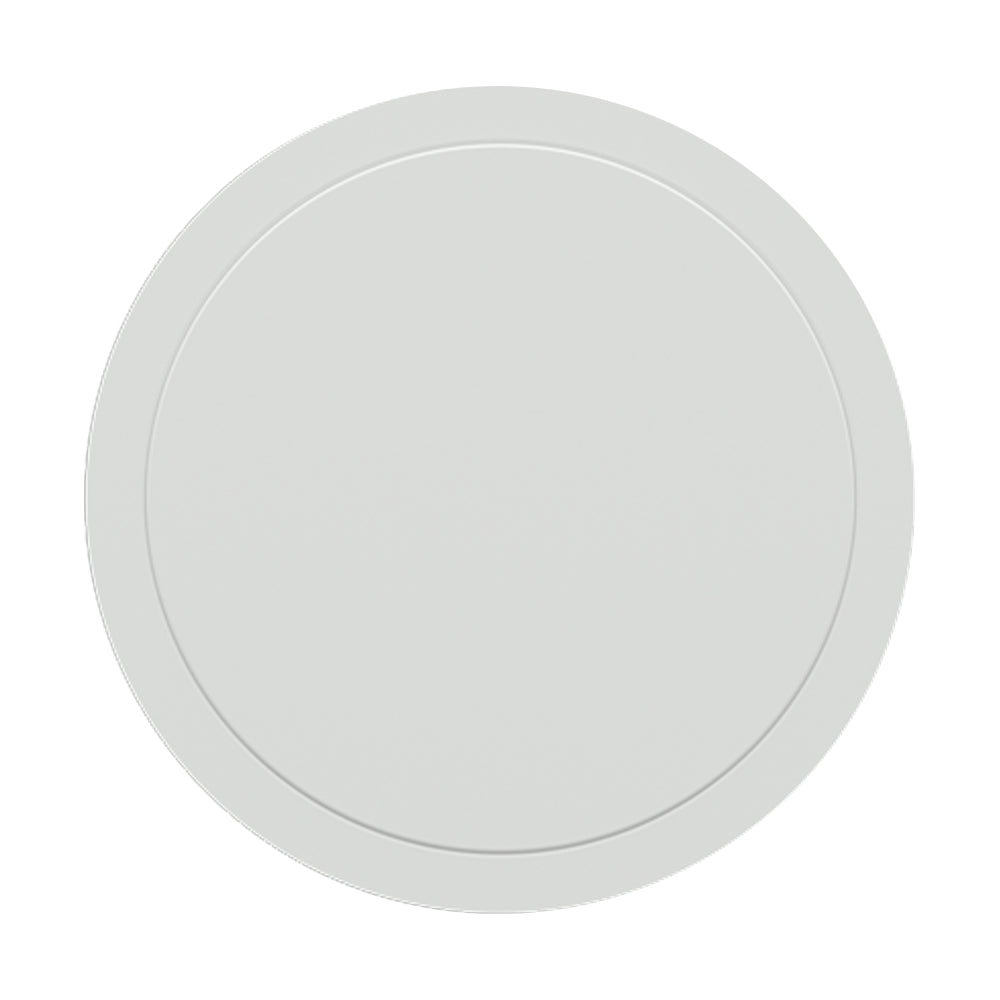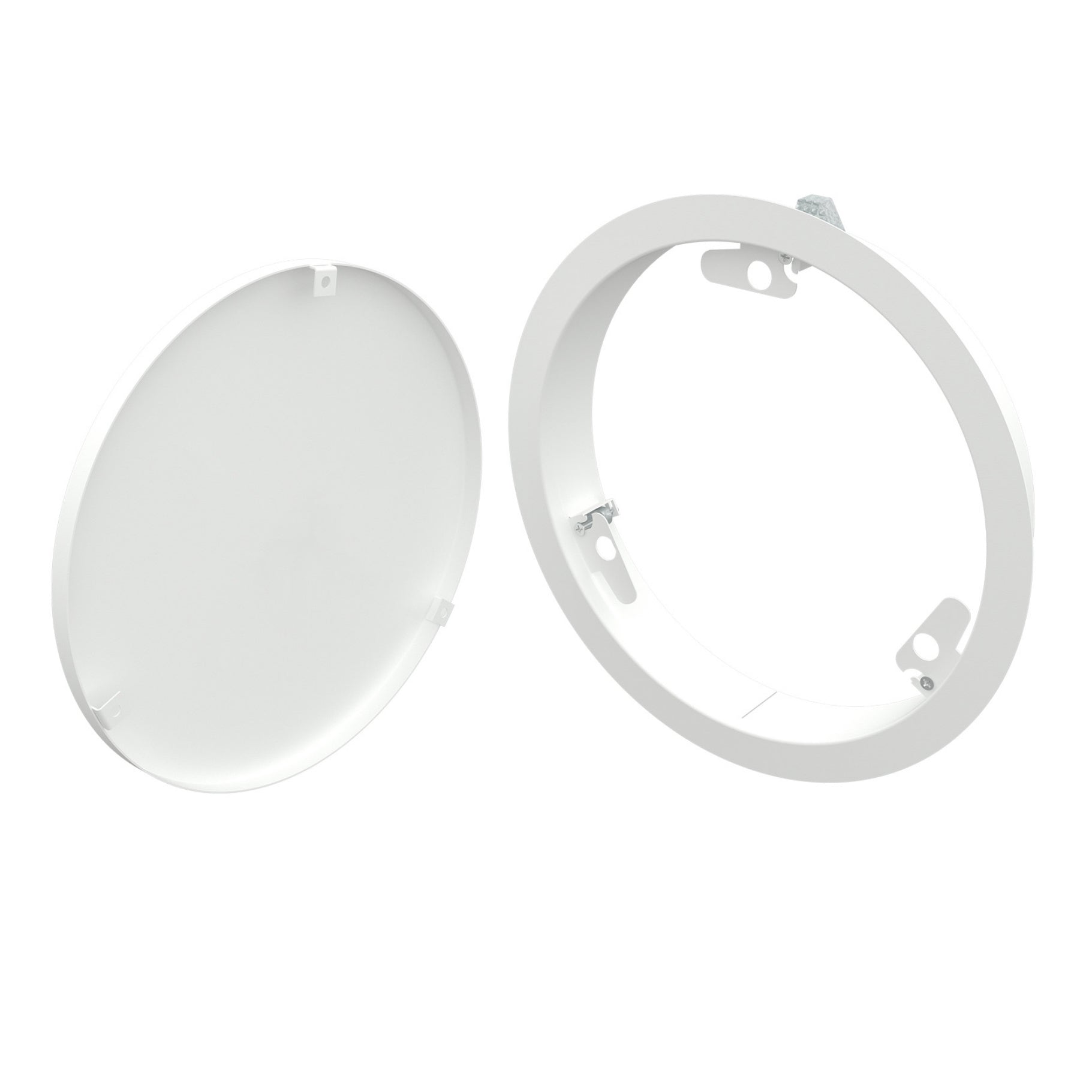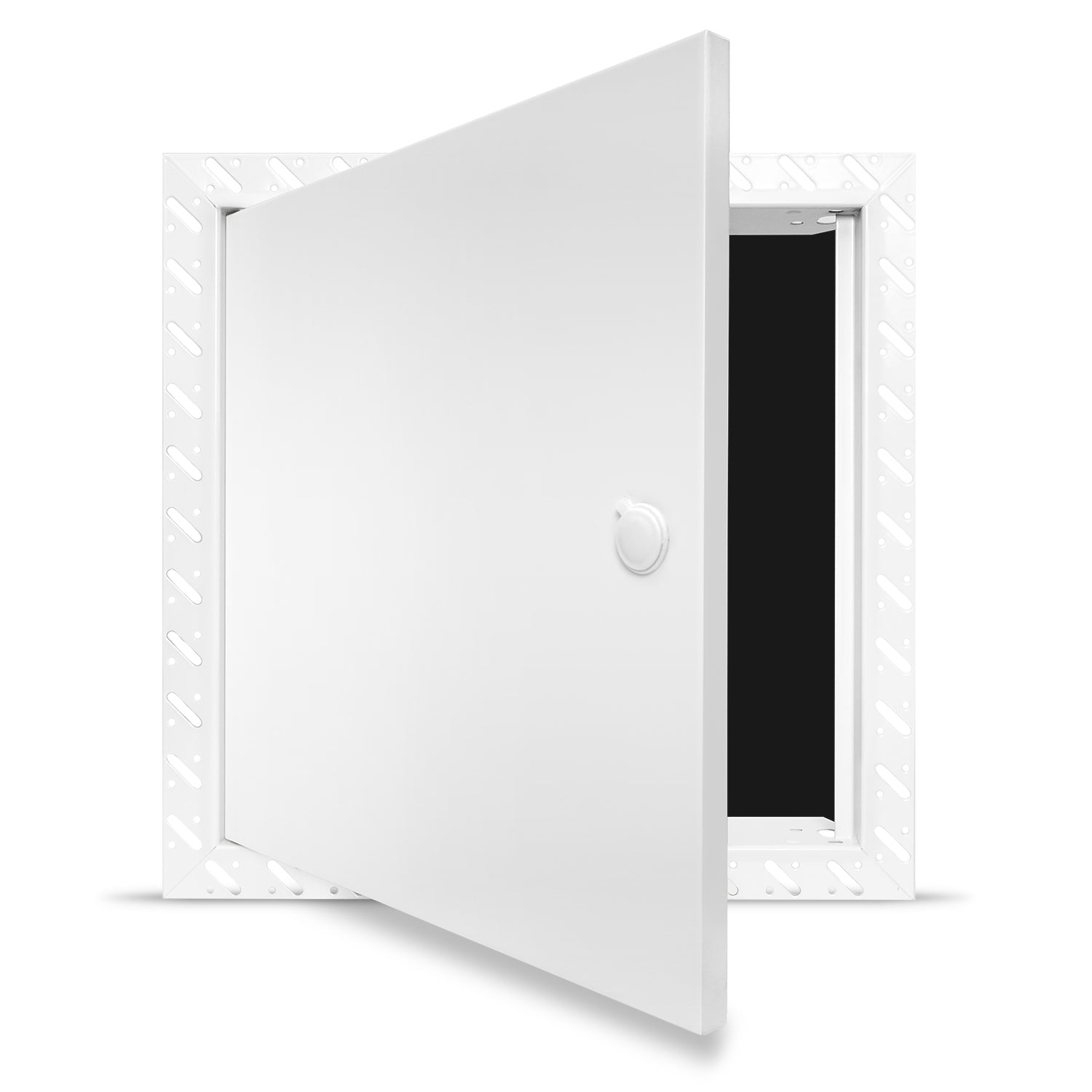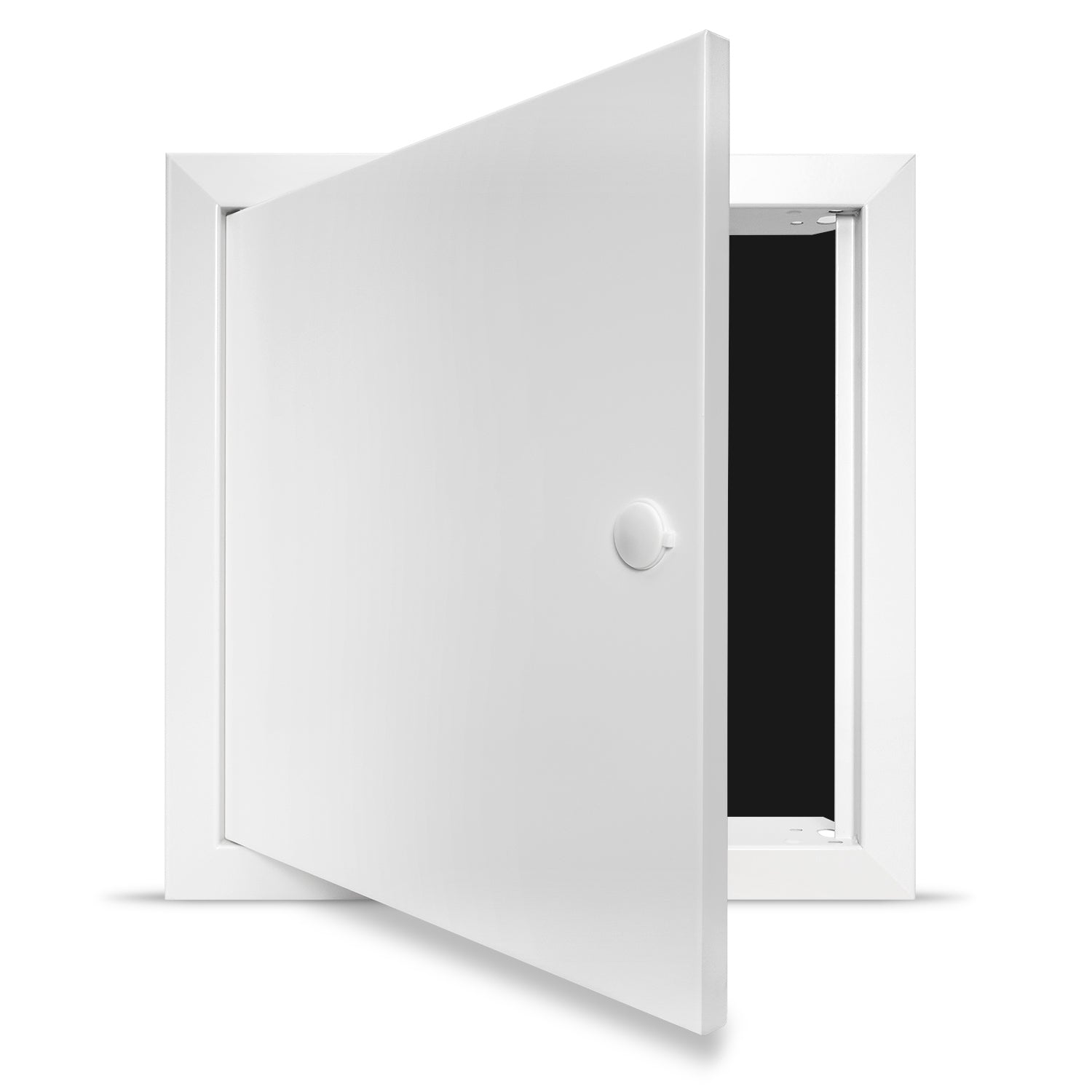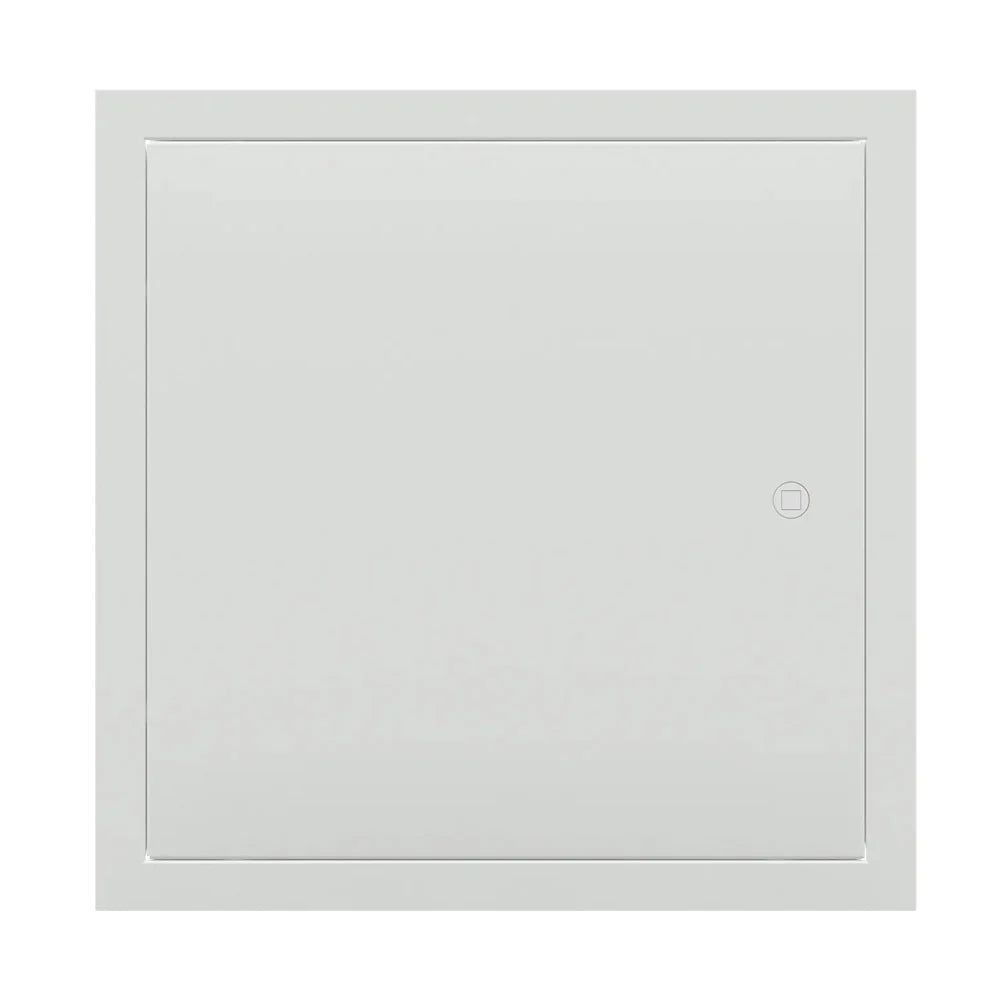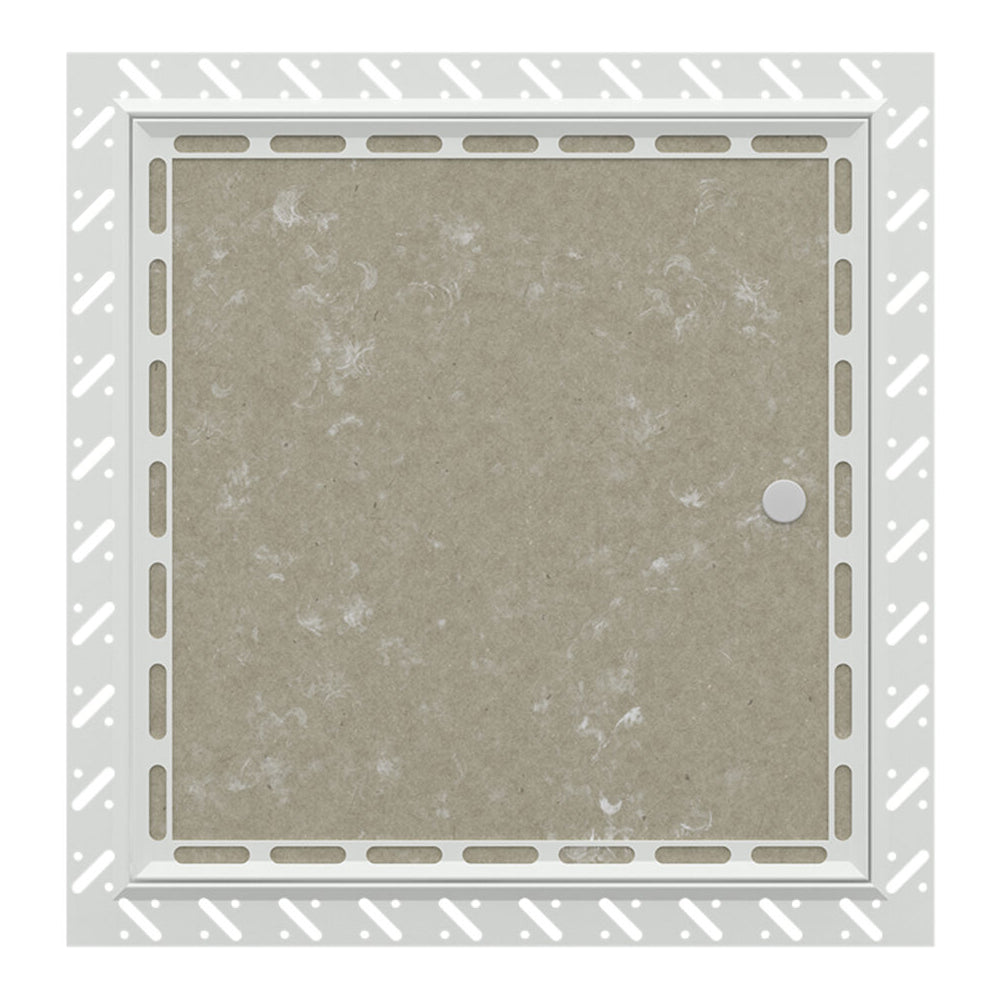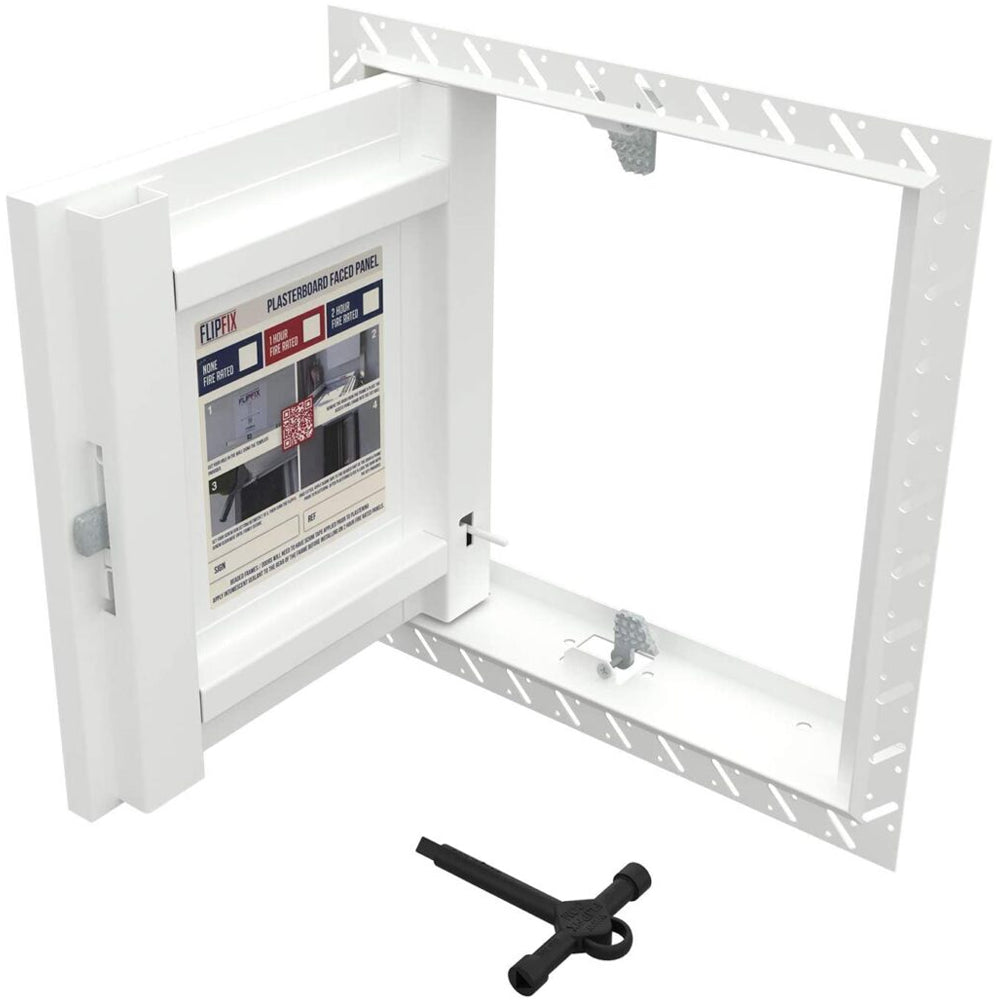
How Fire-Rated Access Panels Are Tested
Introduction
Fire safety is a top priority in building construction, particularly when it comes to access points like panels that lead to critical building systems. Fire-rated access panels play a crucial role in preventing the spread of fire and smoke through concealed spaces while still allowing access to essential services like plumbing and electrical systems. To ensure these panels provide the necessary fire resistance, they undergo stringent testing according to specific standards. In the UK, fire-rated access panels are tested against rigorous criteria to guarantee they perform as expected during a fire emergency.
This article explores the fire testing methods for access panels in the UK, focusing on the BS EN 1634-1:2014 standard, which governs fire resistance testing for doors, shutters, and access panels.
Why Fire Testing is Crucial for Access Panels
Fire testing is vital for ensuring that access panels installed in walls, ceilings, and floors can effectively prevent fire and smoke from spreading through a building. Access panels often serve as entry points to critical areas behind walls, where fire hazards could be concealed. Without proper testing, there would be no assurance that these panels could uphold the fire-resistant properties of a building's structure, putting both lives and property at risk.
Compliance with fire safety standards is not only best practice but a legal requirement in the UK. Fire-tested and certified access panels, such as those meeting the BS EN 1634-1:2014 standard, help building owners and contractors ensure that their structures are safe, compliant, and capable of containing fires in emergencies.
Understanding Fire Testing Standards in the UK
In the UK, fire testing standards are designed to assess a component’s ability to resist fire for a defined period. For access panels, the most important standard is BS EN 1634-1:2014, which outlines how to test the fire resistance of access panels, doors, and shutters. This standard is part of a broader testing framework that includes BS EN 1363-1:2012, detailing general fire resistance requirements, and BS EN 1363-2:1999, which outlines alternative and additional testing procedures.
The BS EN 1634-1:2014 standard primarily tests two critical aspects of fire resistance:
- Integrity: The ability of the panel to prevent flames and hot gases from passing through.
- Insulation: The capacity of the panel to limit heat transfer and prevent a dangerous rise in temperature on the non-fire side.
Together, these factors help determine how effectively the access panel can maintain the fire-resistance rating of the wall, ceiling, or floor in which it is installed.
Access Panel Testing: Deep Dive into BS EN 1634-1:2014
What is BS EN 1634-1?
BS EN 1634-1:2014 is the UK’s key standard for testing fire resistance in doors, shutters, and access panels. The primary objective of this standard is to simulate real fire scenarios and assess how long an access panel can retain its structural integrity and insulation capabilities.
Testing Criteria for Access Panels
Under BS EN 1634-1:2014, access panels are evaluated based on two primary criteria:
- Integrity: The panel must block the passage of flames and gases, preventing the spread of fire from one side to another.
- Insulation: The panel must keep the temperature on the unexposed side below a set threshold (typically 140°C on average or 180°C at any specific point) to prevent ignition of materials on the non-fire side.
How Integrity and Insulation Are Measured
During fire testing, access panels are subjected to conditions that simulate a fully developed fire. The test continues until the panel fails either the integrity or insulation requirement. The panel must prevent flames or gases from penetrating through (integrity) and limit heat transfer (insulation). Failure to meet either criterion results in a failed test.
The Fire Testing Process for Access Panels
Fire testing for access panels is an exhaustive process that closely replicates real-life fire conditions. The testing is carried out in furnaces that generate the same temperatures and pressures that occur during a fully developed fire. Here's a breakdown of the process:
Step-by-Step Breakdown of a Fire Test
- Preparation: The access panel is installed in a test frame that mimics its intended use in a building (e.g., in a wall or ceiling). The frame is then placed inside the furnace.
- Heating: The furnace is heated according to a predetermined time-temperature curve, simulating the rise in temperature during a fire. The panel is exposed to this heat for the required duration (typically between 30 minutes to 4 hours).
- Monitoring: During the test, sensors monitor the panel's performance, particularly its integrity and insulation.
- Evaluation: After the test, the panel is assessed for its ability to meet the integrity and insulation criteria. If it passes, it is certified with a fire rating.
Fire Testing Outcomes and Certifications
Following a successful fire test, access panels are awarded a fire rating based on how long they can maintain integrity and insulation under fire conditions. Fire ratings typically range from 30 minutes to several hours, with common certifications being for 30, 60, 90, or 120 minutes.
Understanding Test Results and Certification
A fire certificate, which details the test results, is an essential document for builders, contractors, and building owners. It confirms that the access panel complies with fire safety standards and can be used in construction projects requiring certified fire-rated components. These certifications remain valid for use in both the UK and Europe.
Importance of Third-Party Testing and Certification
For additional peace of mind, look for fire-rated access panels that have been tested by third-party, accredited laboratories. Independent certification ensures that products have been rigorously tested and meet the highest safety standards without bias.
Case Study: FlipFix Fire Testing
FlipFix access panels have become an industry leader due to their reliable performance in fire tests. These panels have been rigorously tested at Warrington Fire, a leading certification provider, according to the BS EN 1634-1:2014 standard. FlipFix panels have achieved fire ratings of up to 120 minutes, ensuring that they provide robust protection in fire emergencies.
Key Results and Certifications Achieved
During testing, FlipFix panels successfully met the integrity criteria, containing flames and hot gases for up to two hours. This level of performance makes FlipFix a reliable choice for both residential and commercial buildings that require high fire resistance.
Conclusion
Fire testing is a vital process that ensures fire-rated access panels meet the highest safety standards. By adhering to the BS EN 1634-1:2014 standard, access panels are certified for their ability to withstand fire for a specified period, giving contractors and building owners peace of mind about the safety of their structures. When selecting access panels, always opt for products that have been rigorously tested and certified to ensure compliance with fire safety regulations.
Frequently Asked Questions (FAQs)
How are fire ratings determined?
Fire ratings are determined by subjecting access panels to controlled fire conditions and measuring how long they maintain integrity and insulation.
What is BS EN 1634-1?
BS EN 1634-1 is the UK standard for testing the fire resistance of doors, shutters, and access panels.
Why is third-party certification important?
Third-party certification ensures that fire tests are unbiased and that the products meet the highest fire safety standards.
By choosing fire-rated access panels tested to these stringent standards, you can ensure your building has optimal fire protection, safeguarding both property and lives.
This blog post can serve as an in-depth resource for those looking to understand how fire-rated access panels are tested and why it’s critical to choose certified, tested products like those available at Access Panel Store.
